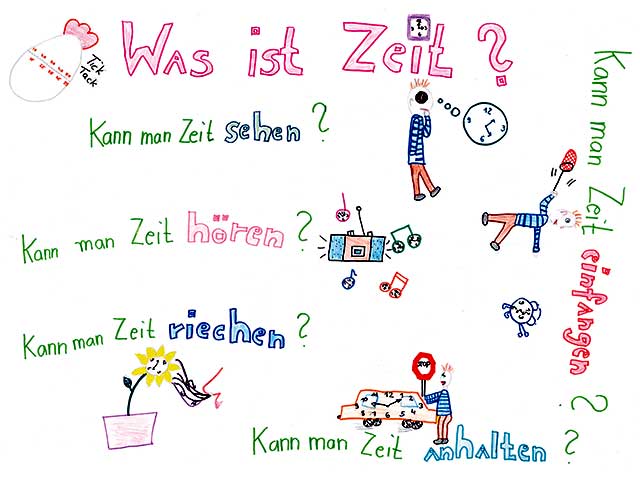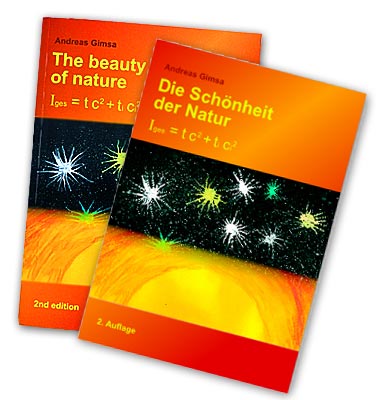Did you know that there is an equivalent of information and time, just like there is an equivalent of energy and mass?
![]()
Haven’t we all learned at some time that understanding takes time? The world’s affairs are shaped by energy and information. Together, they form a miraculous and inseparable unity. The product of energy and information has effects on the world.
The author looks into the question: What is time?
Newton believed in a fixed structure of space and time and in an absolute, constant flow of time. For Leibniz, space was not "real", but the order of all possible positions. For him, time was the order of things that do not exist at the same time. He regarded time as a construct of the mind, because it depends on the point of view of the observer. Einstein introduced the relativity of simultaneity and the possible space-time curvature.
Time has an information equivalent, just as mass for Einstein has an energy equivalent: Little time past means that little has happened, much time means that a lot has happened. If time runs slowly, the flow of information will be slowed down.
How can we imagine the equivalent of time and information? Generally speaking, we can assume time to be a series of events. We could imagine that events are decoupled in terms of content from the flow of time. Each event can be split up into partial events. For instance, a storm begins with wind and continues with rain and hail. Finally, the wind slackens off. Each partial event can be subdivided again and again until only one specific binary sequence remains on each point in space concerned with the event, the chronological minimum event. The flow of time in a sector of space is influenced primarily by the events taking place within it. However, each event also has a present portion. Certain events are present for longer than others in a portion of space. This cannot be described using the flow of time alone. For this purpose, the imaginary present is required as a second temporal dimension.
Time possesses the categories of “past", “present” and “future”. “Past” means that events are fixed and ordered. The “future” is the pool of all the events that may yet occur. If you ask, “What does the future hold?” you are asking which events will occur and thus become history. From a mathematical viewpoint, the future is a complex variable that contains the real past and the imaginary present. The present does not permit a sequence of events and remains unreachable. As temporal dimension, it forms the frame of reference of time, with which we are familiar.
The physicist Theodor Kaluza is considered one of the founders of string theory. In 1919, he wrote an article pointing out the possibility of a fourth spatial dimension that could exist “rolled up”. Einstein was amazed by this thesis, which would have enabled an elegant combination of light and gravitation. Physicists have long asked how can light move as a wave in empty space. What causes the wave motion? Using Kaluza's theory, the light waves could be interpreted as waves in the fourth dimension of space. Later, the string theorists were not exactly economical as far as the introduction of additional spatial dimensions was concerned.
According to my considerations and calculations, there really would have to be five dimensions, three spatial and two temporal. The present is a separate temporal dimension and provides the degree of freedom necessary for the movement of light as a wave. This is because light exists only in the present, so it cannot age. For light, time stands still.
- Homepage
- Presentation of the book
- Scientific articles
- Buy the book / contact
- Reviews
- About me
- Credits
"Die Schönheit der Natur"
von Dr. Andreas Gimsa,
ISBN 978-3-923830-97-8
Bezug via E-Mail:
andreas@gimsa.de
"The Beauty of Nature"
by Dr. Andreas Gimsa,
ISBN 978-3-923830-94-7
Can be ordered by e-mail from:
andreas@gimsa.de


